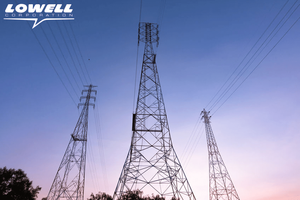Utility companies always try to update their utility equipment to avoid significant outages during inclement weather. But have they done enough?
The Effects of Hurricane KatrinaWhen Hurricane Katrina’s punishing storm surge plowed ashore, it swamped seven of the Coast Electric Power Association’s substations, vital to powering thousands of Mississippi homes and businesses. The facilities are now fully operational, though they remain at the same elevation. Today, they are just as vulnerable to catastrophic hurricanes.
Such storms are a growing threat. An Associated Press analysis of industry data found that severe weather is the leading cause of significant power outages on the nation’s power grid. According to the AP, the number of weather-related power outages has climbed over the last decade. The most significant spikes were in 2008 and 2011.
That leaves Coast Electric and other utilities across the country struggling to balance customer costs with the need for improvements. To counter the rising number of violent storms, floods, and droughts threatening the U.S. power grid‘s core infrastructure, they need to act quickly.
The eye of Katrina ripped through the coastal city of Waveland in late August 2005. It leveled neighborhoods, destroyed infrastructure, and knocked out power to Coast Electric’s entire coverage area.
Rebuilding After KatrinaFacing sweltering summer heat and $110 million in damage, Coast Electric had to pick up the pieces. The small nonprofit cooperative focused on restoring power to customers as quickly as possible. They repaired the old substations that flooded to pre-storm conditions. At the time, raising or moving them elsewhere would have been impractical.
“We’re only a few feet above sea level right here,” Brown said during a recent visit to a Waveland substation.
Coast Electric made some crucial improvements post-Katrina; it used a large mound of dirt to elevate a new substation 18 feet above sea level. But raising the old substations that flooded would cost Coast’s 68,160 customers millions of dollars, Brown said.
Hundreds of utility companies own and manage the equipment that makes up the U.S. power grid. They range from large investor-owned companies like New York’s Consolidated Edison to small municipal utilities and cooperatives like Coast Electric. Each faces a unique set of challenges.












